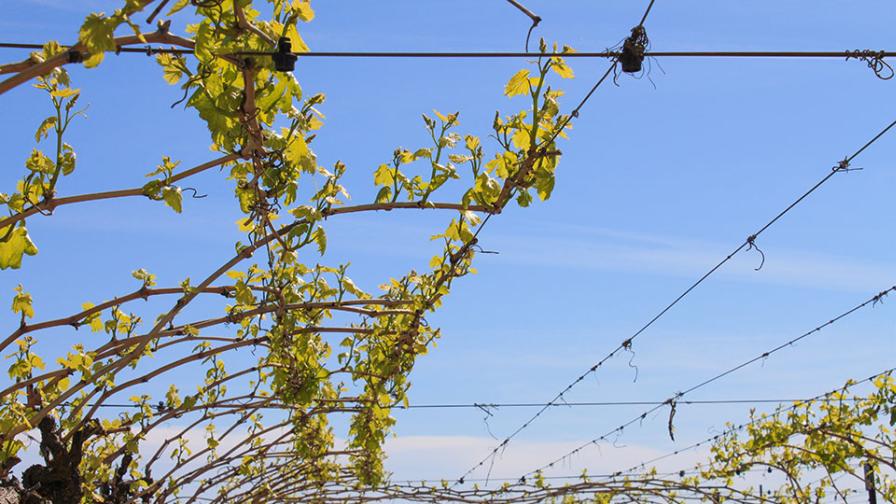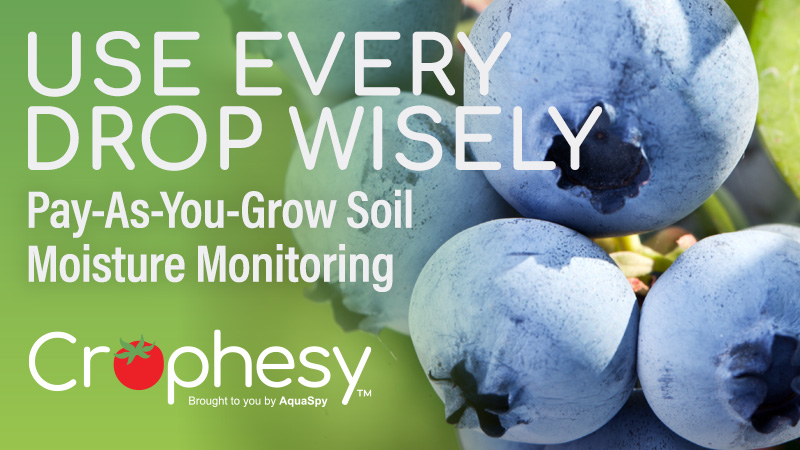What You Need To Know About Pruning Canes on Your Raisin Grapes

In growing dry-on-vine (DOV) raisin grapes, the way you prune your canes will have a tremendous impact on your yield and quality.
Photo by Kimberly Cathline
Dry-on-vine (DOV) raisin grapes are cane-pruned to maximize yield potential and allow cane severance, which initiates the DOV process. Cane pruning is one of the most expensive cultural practices in DOV raisin vineyards, and the way the vines are pruned may significantly impact yield and quality. Therefore, as you prepare to prune your vineyards, it is worthwhile to consider how pruning decisions may affect yield components, including the number of clusters per node, cluster and berry weight, and soluble solids per berry.
Two studies were conducted to determine how cane length and the number of canes per vine affect yield and quality of ‘DOVine’, ‘Fiesta’, ‘Selma Pete’, and ‘Thompson Seedless’ raisin grapes.
INITIAL STUDY
In the first study, vines of each variety were pruned to six long or short canes per vine. Vines with short canes had 15 nodes per cane after pruning, whereas vines with long canes had 20 nodes per cane. Since the number of canes per vine was the same regardless of length, vines assigned to the long-cane treatment had approximately 33% more nodes than vines assigned to the short-cane treatment.
In August, yield components were determined for every node on every cane in the study. Data were summarized per node, per cane, and per vine. Berry sugar content has a major effect on yield and quality of raisin grapes, so sugar per cane was determined by multiplying fruit fresh weight by percent soluble solids (Brix).
Cane length had contrasting effects on fresh fruit weight and soluble solids, with shorter canes producing less fruit with higher soluble solids, whereas long canes produced more fruit with lower soluble solids.
Therefore, longer canes increased yield potential, but the higher crop load on long canes reduced the capacity of individual berries to accumulate soluble solids. In fact, harvested on the same date, canes of different lengths produced different fresh fruit weights but similar amounts of sugar. In California, where early maturity is preferred to ensure adequate drying time, shorter canes may be better than longer ones.
However, if cane severance is delayed, allowing the berries to accumulate more sugar, longer canes could potentially increase raisin yield. This might be possible if drying emulsion can be used to hasten drying, or in other growing regions with a longer drying season.
FOLLOW-UP STUDY
To better understand the effects of cane length on raisin productivity, a follow-up study was conducted in which the number of nodes was fixed at 120/vine but cane length was varied. ‘Selma Pete’ grapevines on an open gable trellis were pruned to 120 nodes distributed on either eight 15-node canes or six 20-node canes. In this study, cane length did not significantly affect soluble solids, but vines having fewer, longer canes produced more raisins than vines having more, shorter canes. This study confirmed that longer canes have higher yield potential than shorter canes, due to the better budbreak, higher fruitfulness, and heavier clusters on shoots from more apical nodes. However, poorer cane selection may also have contributed to the lower productivity of vines having more shorter canes, as cane selection may decrease as the number of canes needed increases. In other words, pruners can be more selective when fewer canes are needed, thus leaving better quality canes.
When it comes to cane selection, pruners should prioritize retention of “sun” canes (canes that developed in an exposed position, on the exterior of the canopy), which generally have more fruitful buds than “shade” canes. Further, canes for keeping should have a well-developed periderm (bark), be round in cross section, and have moderate thickness and internode length.
Nodes with a woody lateral are usually fruitful. Narrow diameter canes form from weak growth and may have inadequate starch content to support robust cluster primordia, whereas exceptionally thick canes with long internodes and a flattened cross-section, commonly referred to as “bull” canes, may also be expected to have poor fruitfulness.










